The Earth hides some of its most extraordinary formations in uninhabited regions. These remote landscapes are home to geological wonders that seem almost otherworldly. Visiting these locations feels like stepping onto another planet. Let’s explore some of the most remarkable and strange geological formations found in these untouched lands.
Wave Rock, Australia
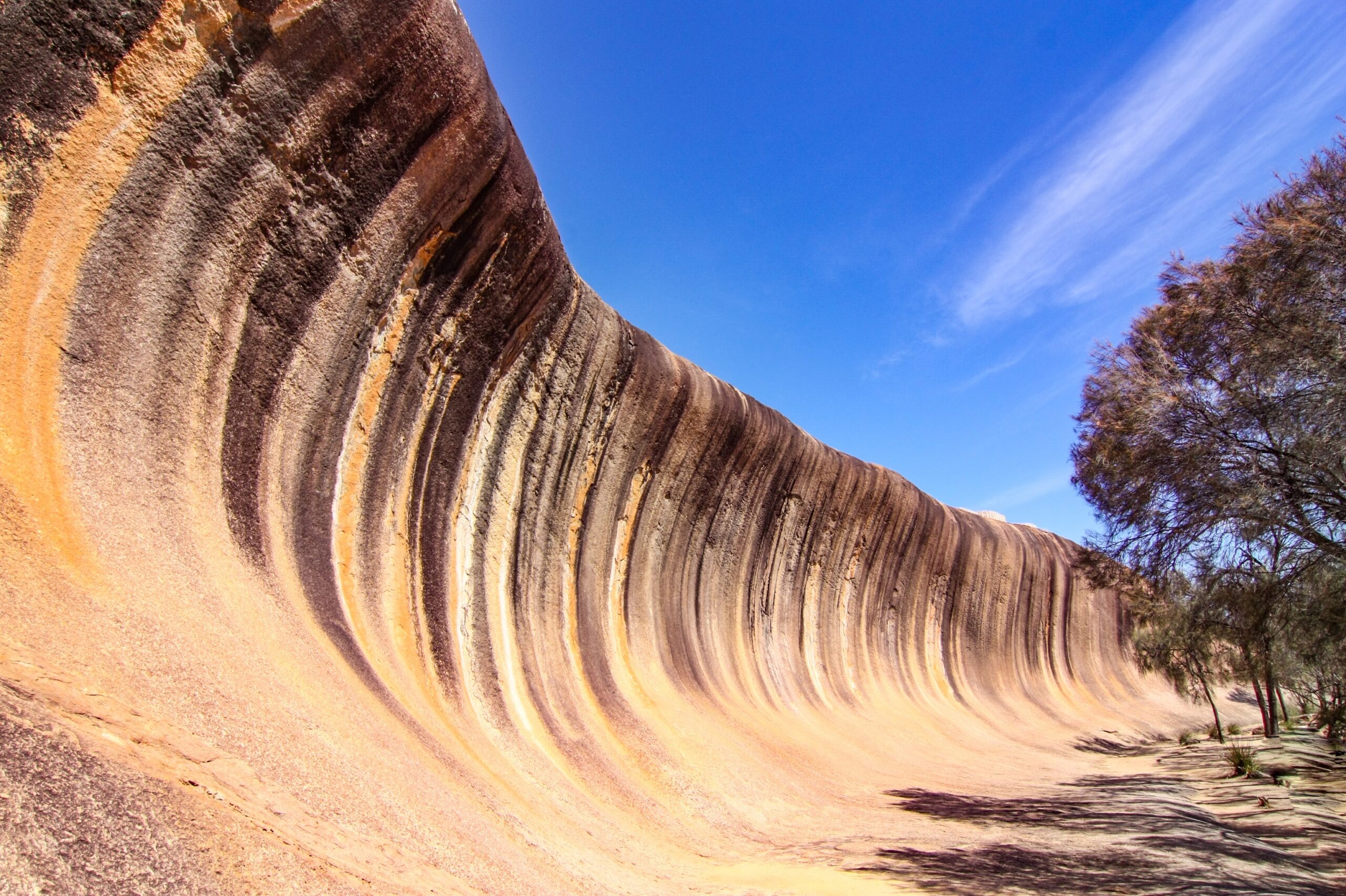
Wave Rock is a natural rock formation in Western Australia. It resembles a giant ocean wave frozen in motion. The formation stretches over 45 feet high and 360 feet long. Over millions of years, wind and water erosion shaped its unique wave-like curve. The rock’s surface is streaked with vibrant red, orange, and grey hues, adding to its striking appearance.
The Pinnacles, Western Australia
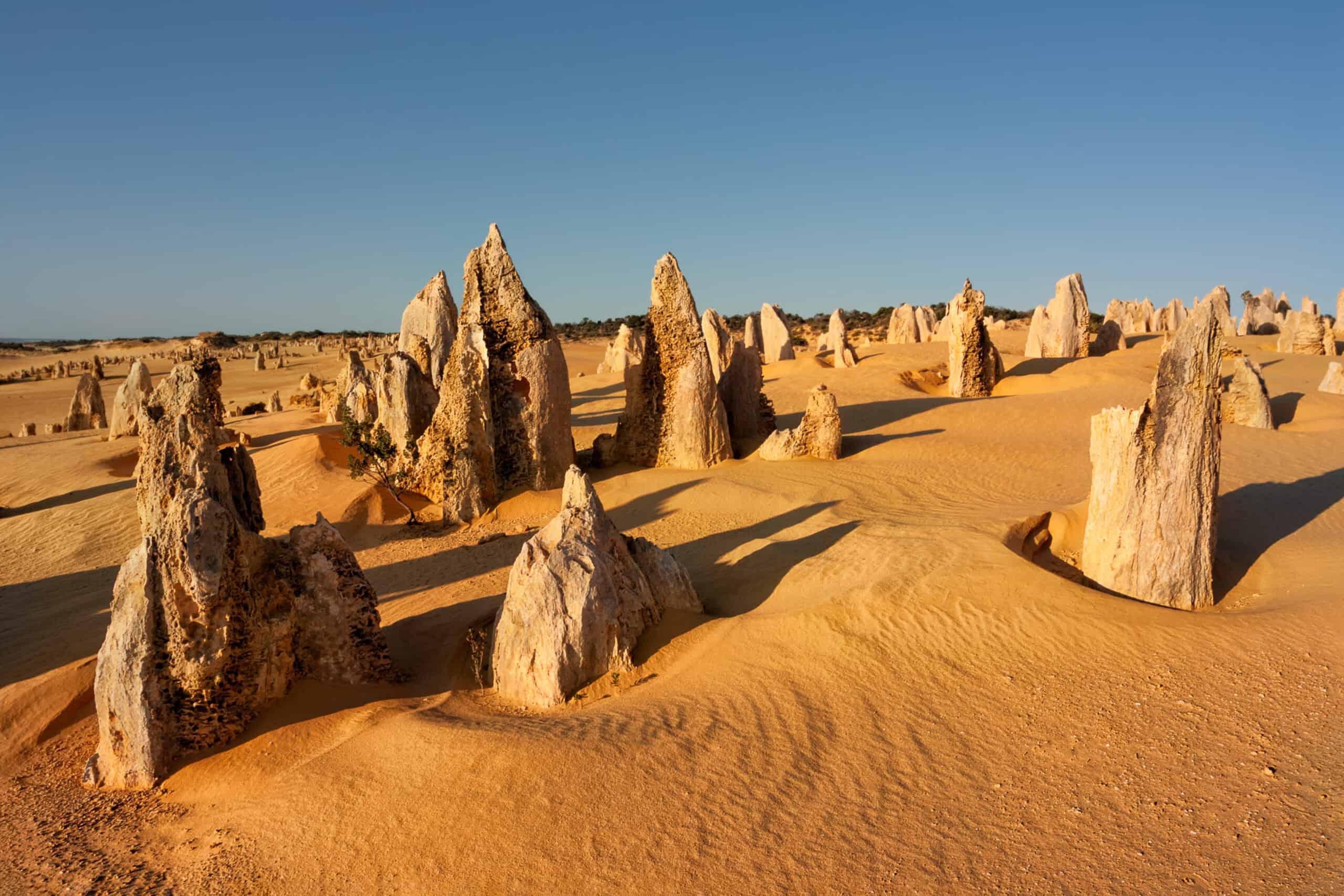
The Pinnacles are a series of limestone spires in Nambung National Park. These towering formations rise from the yellow desert sand. Some of these pillars stand up to 12 feet tall. Scientists believe they formed from ancient seashells compacted over time. Their stark contrast against the desert landscape makes them look almost alien.
Bryce Canyon Hoodoos, USA

Bryce Canyon is famous for its unique hoodoos, which are tall, thin rock spires. These formations are created by the continuous freeze-thaw cycles in the desert. Hoodoos come in varying shapes and sizes, some towering over 200 feet. Their vibrant red, orange, and white layers create a breathtaking spectacle, especially at sunrise and sunset.
Giant’s Causeway, Northern Ireland
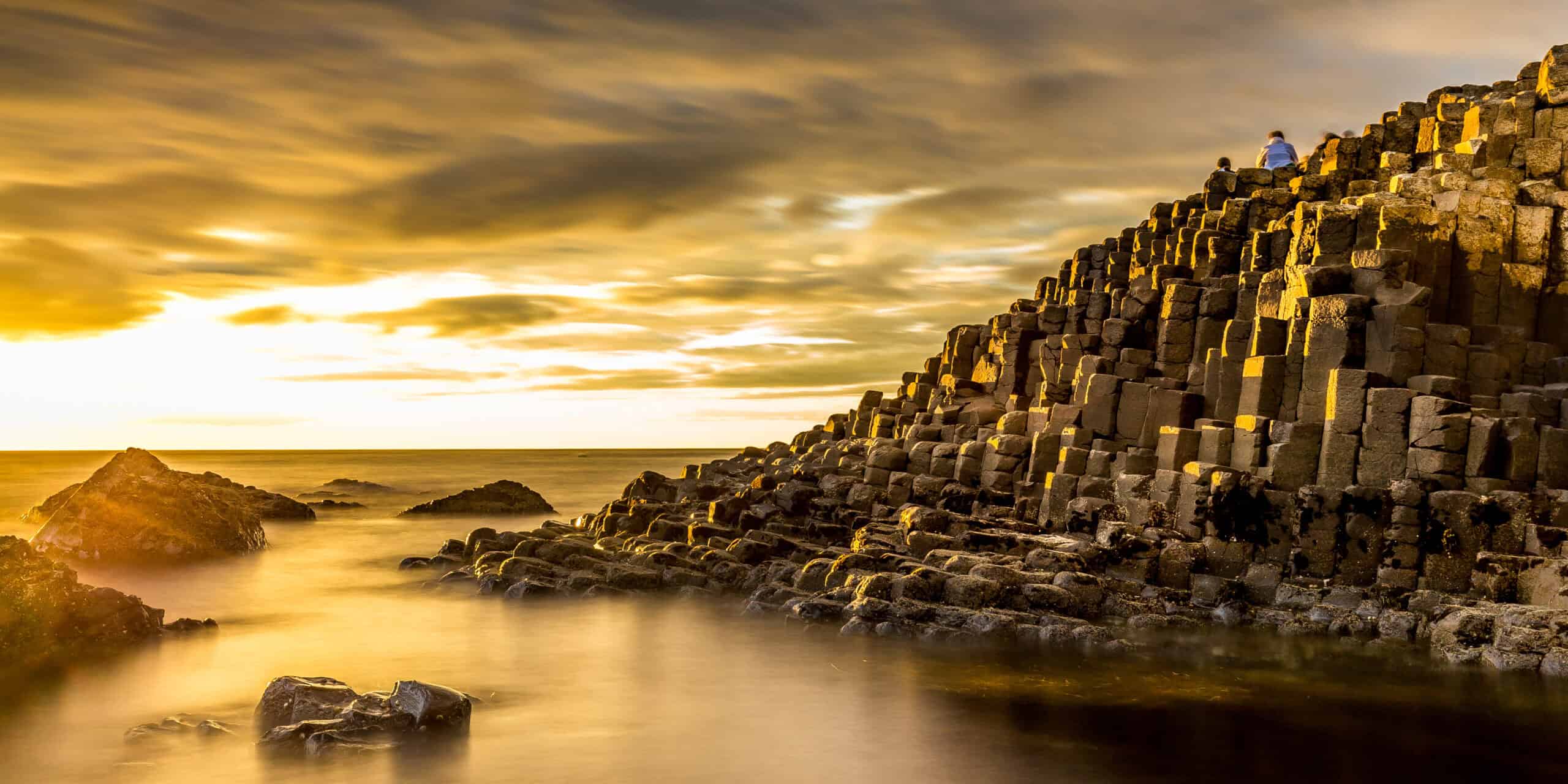
Giant’s Causeway is a series of interlocking basalt columns along the Northern Ireland coast. These formations were created by volcanic activity millions of years ago. The perfectly hexagonal columns appear almost man-made. Legends say that a giant built the causeway to cross the sea, adding a mystical touch to this natural wonder.
Mono Lake Tufa Towers, USA
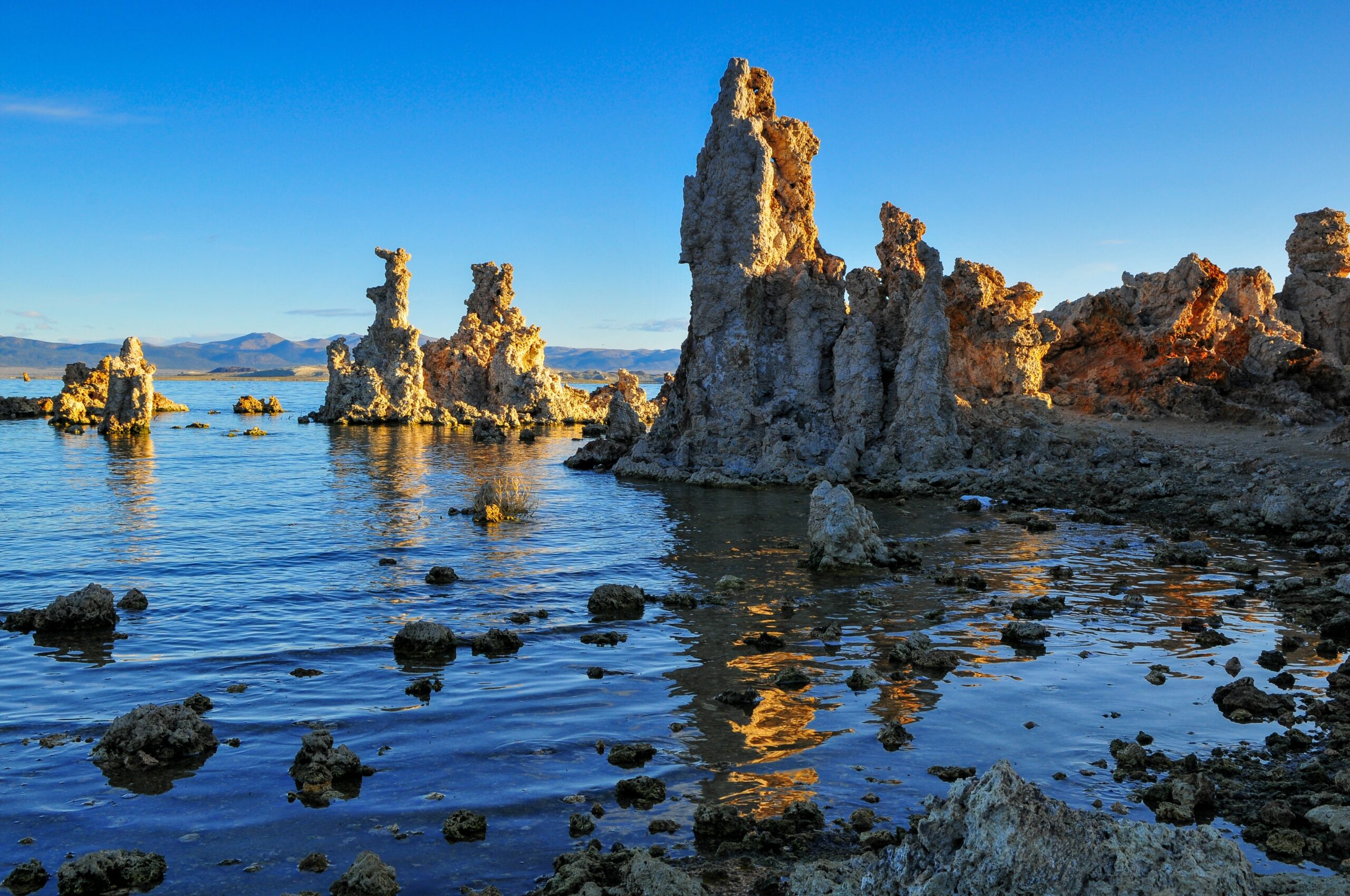
Mono Lake’s tufa towers are limestone spires formed by the interaction of freshwater springs and alkaline lake water. These formations rise dramatically from the surface of the salty lake. They give the lake a surreal, almost lunar landscape appearance. Mono Lake is one of the oldest lakes in North America, and its towers are a testament to its ancient history.
The Eye of the Sahara, Mauritania

The Eye of the Sahara, also known as the Richat Structure, is a massive circular formation in the Sahara Desert. It stretches over 25 miles in diameter and is visible from space. The structure consists of concentric rings of exposed rock. Though its origin is still debated, many believe it was created by volcanic activity or a meteor impact.
The Marble Caves, Chile
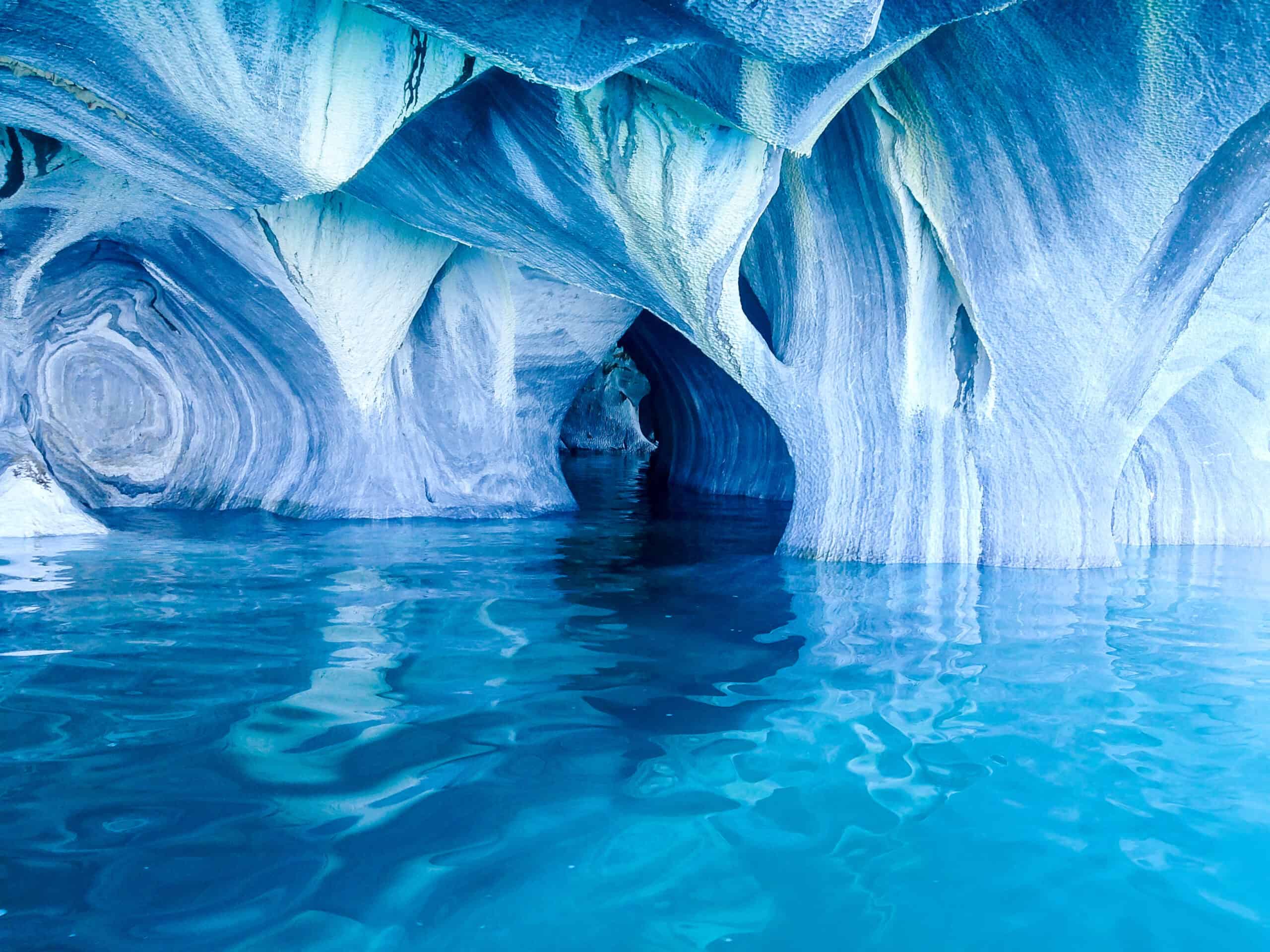
Located in Patagonia, Chile, the Marble Caves are stunning blue-and-white formations sculpted by water. Over thousands of years, waves eroded the calcium carbonate, creating intricate caves. The water’s reflection gives the caves a shimmering, marble-like appearance. The vivid blue hues come from the glacier-fed waters surrounding the caves.
Fly Geyser, USA
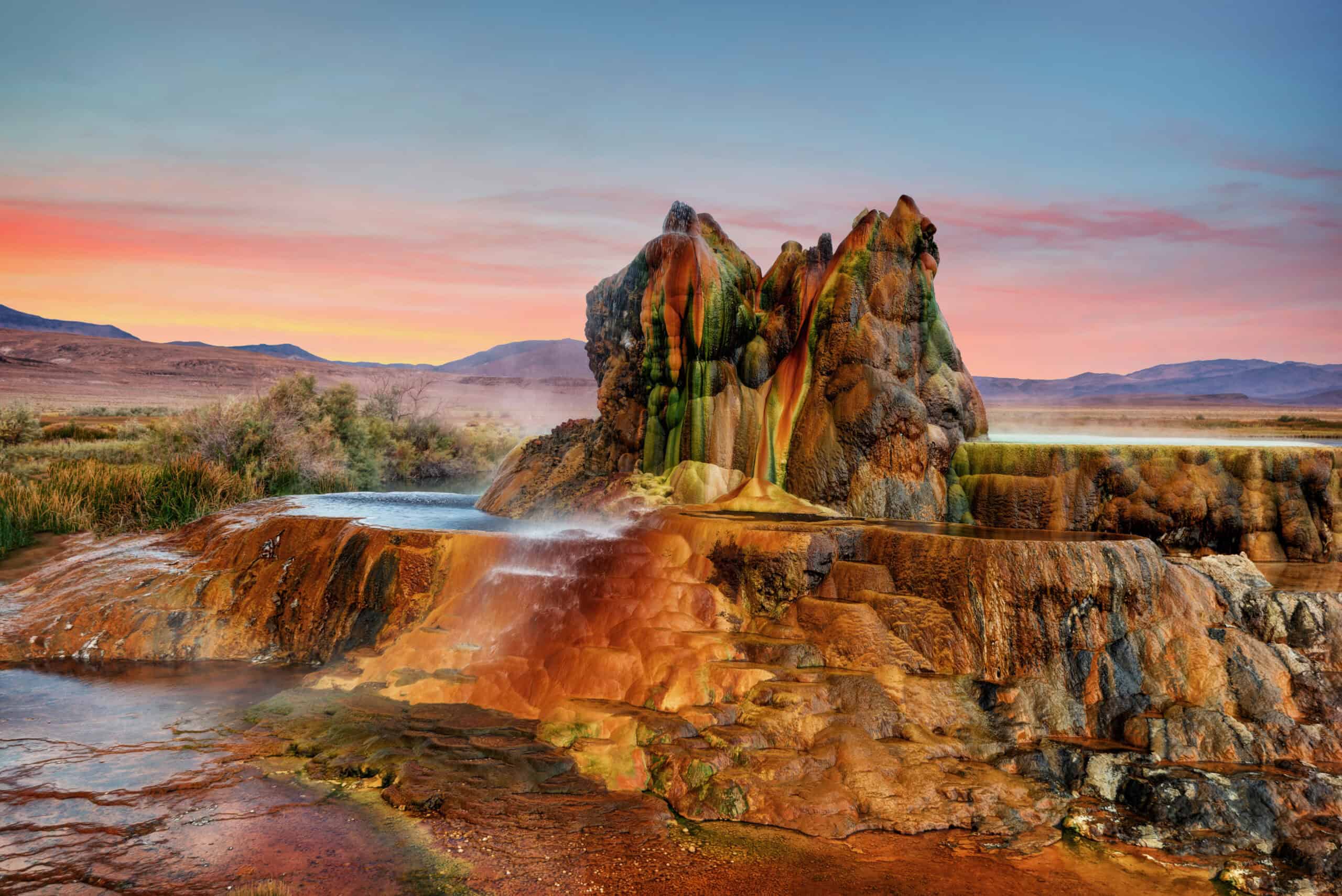
Fly Geyser is a geothermal geyser located in the Nevada desert. This colorful, cone-shaped formation was accidentally created during well drilling in the 1960s. Mineral deposits built up over time, forming the geyser’s unique shape. It continuously sprays hot water, and its rainbow-like mineral deposits make it one of the most vibrant geological formations.
Salar de Uyuni, Bolivia

Salar de Uyuni is the world’s largest salt flat, spanning over 4,000 square miles. It was once a prehistoric lake that evaporated, leaving behind a thick crust of salt. During the rainy season, the flats become a giant mirror, reflecting the sky. The endless horizon creates an otherworldly, dream-like landscape, perfect for photography.
Danakil Depression, Ethiopia
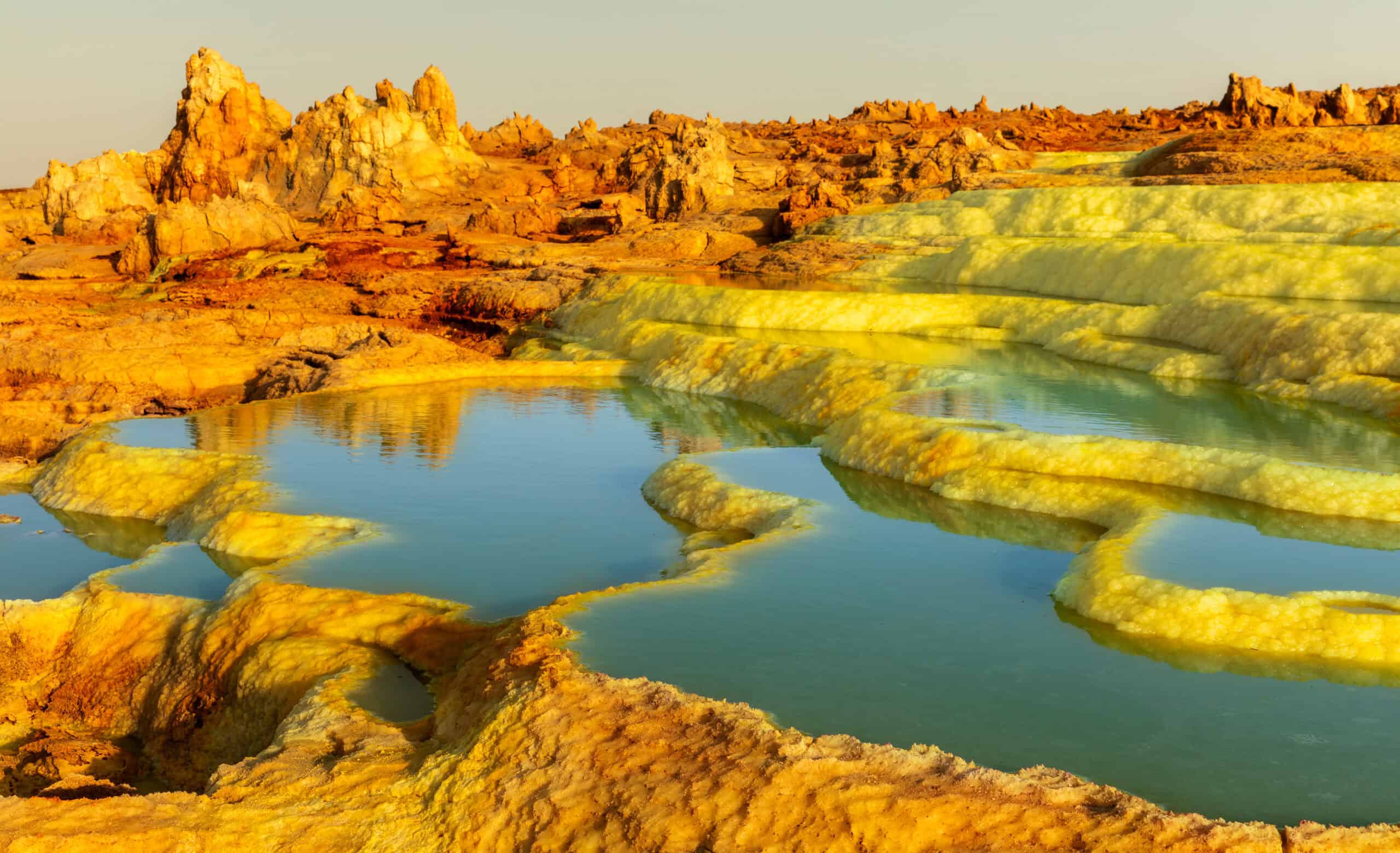
The Danakil Depression is one of the hottest and most inhospitable places on Earth. This geological formation is found at the junction of three tectonic plates. The area is dotted with colorful hot springs, salt flats, and active volcanoes. The vivid yellow, green, and red hues are due to the presence of sulfur and other minerals.
Chocolate Hills, Philippines
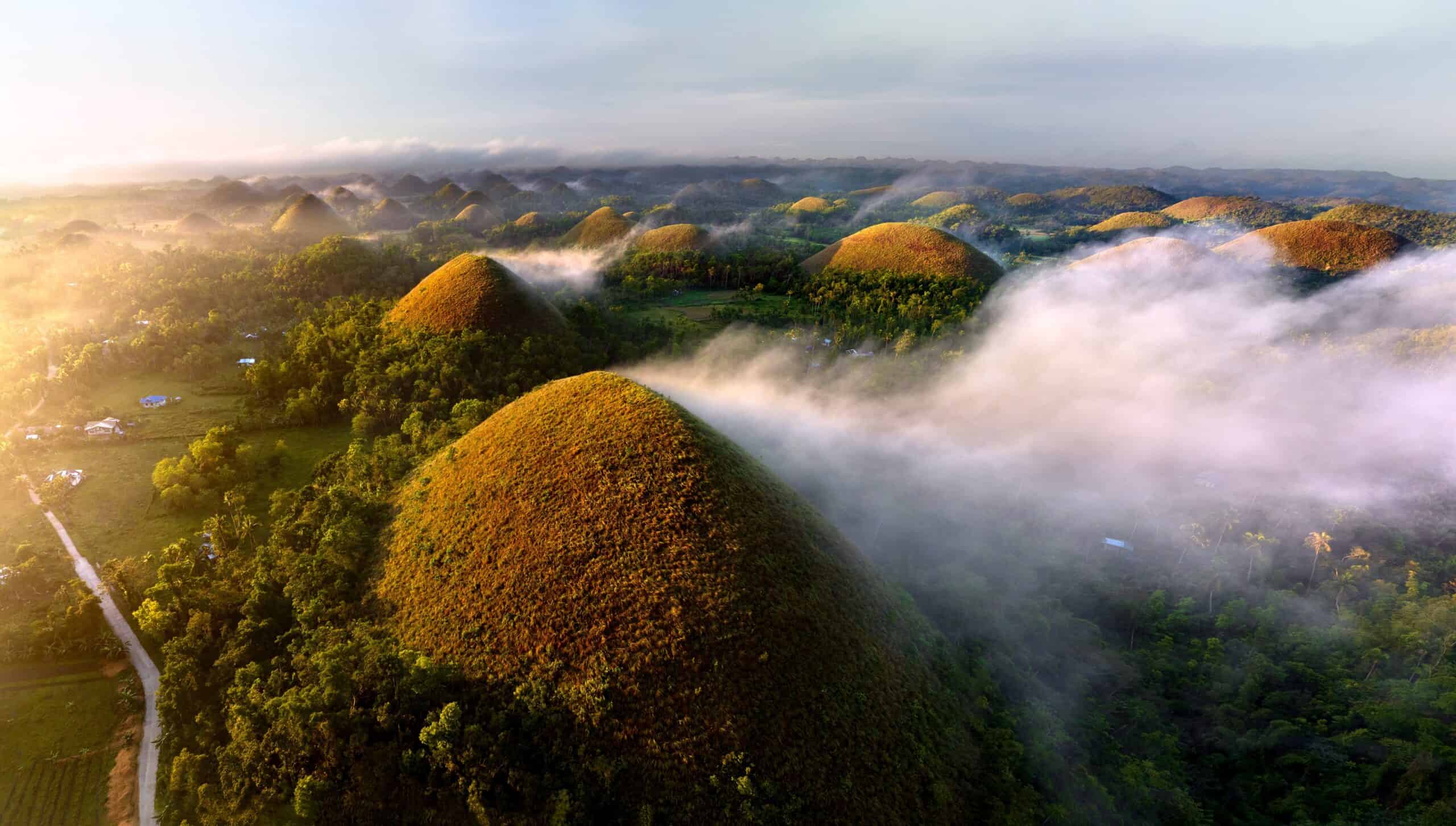
The Chocolate Hills are a series of over 1,200 symmetrical, dome-shaped hills spread across Bohol Island. These hills turn brown during the dry season, resembling mounds of chocolate. They are made of limestone covered by a layer of grass. Erosion from rain and wind helped shape their unique, uniform appearance over millions of years. The hills stretch across a vast landscape, creating a mesmerizing view.
Spotted Lake, Canada
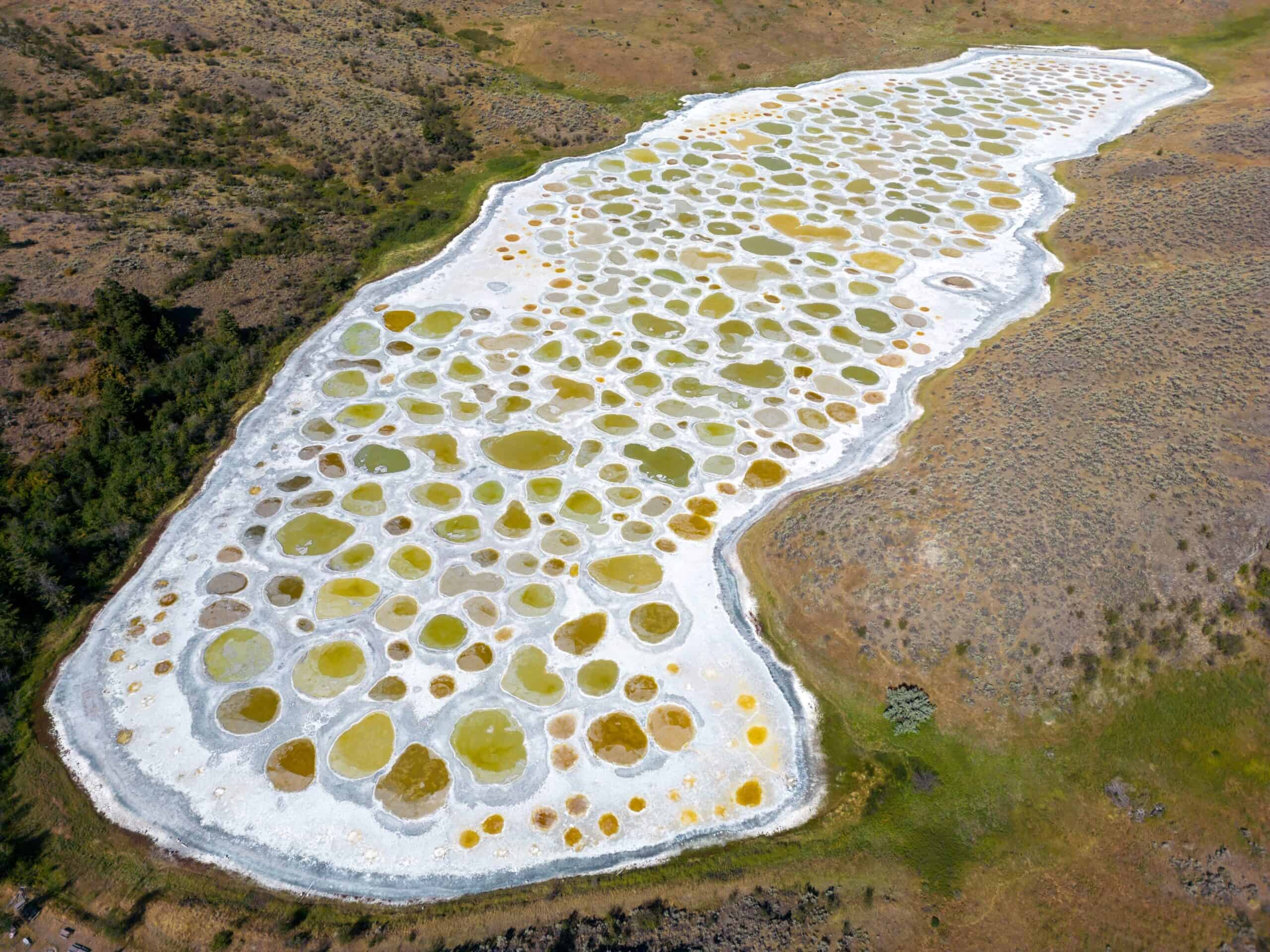
Spotted Lake in British Columbia is a highly mineralized lake that forms natural “spots” during the summer. The water evaporates in the dry months, revealing large, circular deposits of minerals. The color of the spots varies, depending on the type of mineral present, ranging from green to yellow. It has been a sacred site for indigenous people for centuries due to its healing properties. The lake’s unique appearance makes it one of the most unusual in the world.
Antelope Canyon, USA
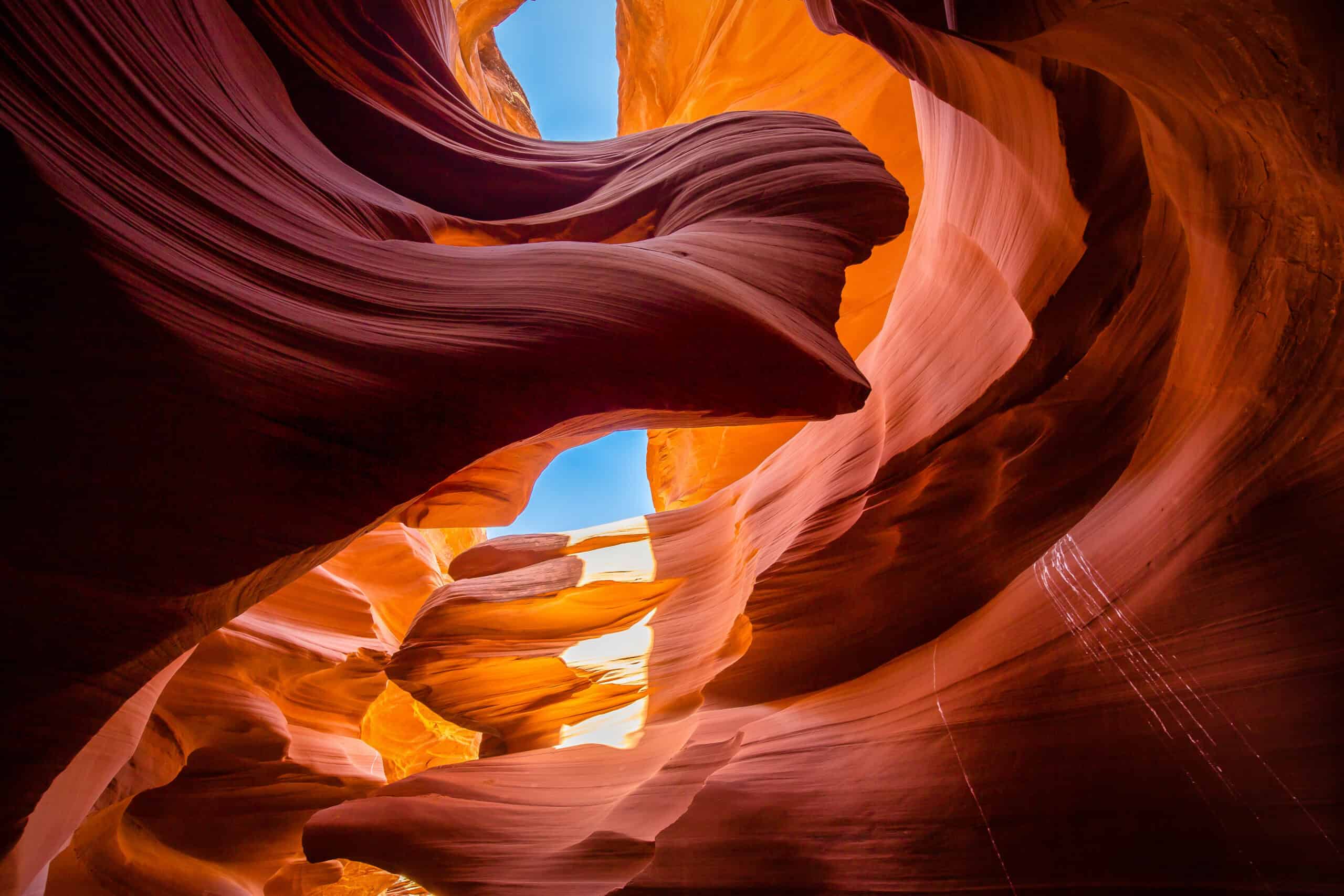
Antelope Canyon is a famous slot canyon in Arizona known for its narrow, twisting passages. Carved by water over thousands of years, it features smooth, flowing rock formations. Sunlight filters through the canyon at certain times, creating striking beams of light. The canyon’s red sandstone walls are polished to perfection, making it a photographer’s dream. It’s one of the most visited slot canyons in the world due to its beauty and accessibility.
Trona Pinnacles, USA
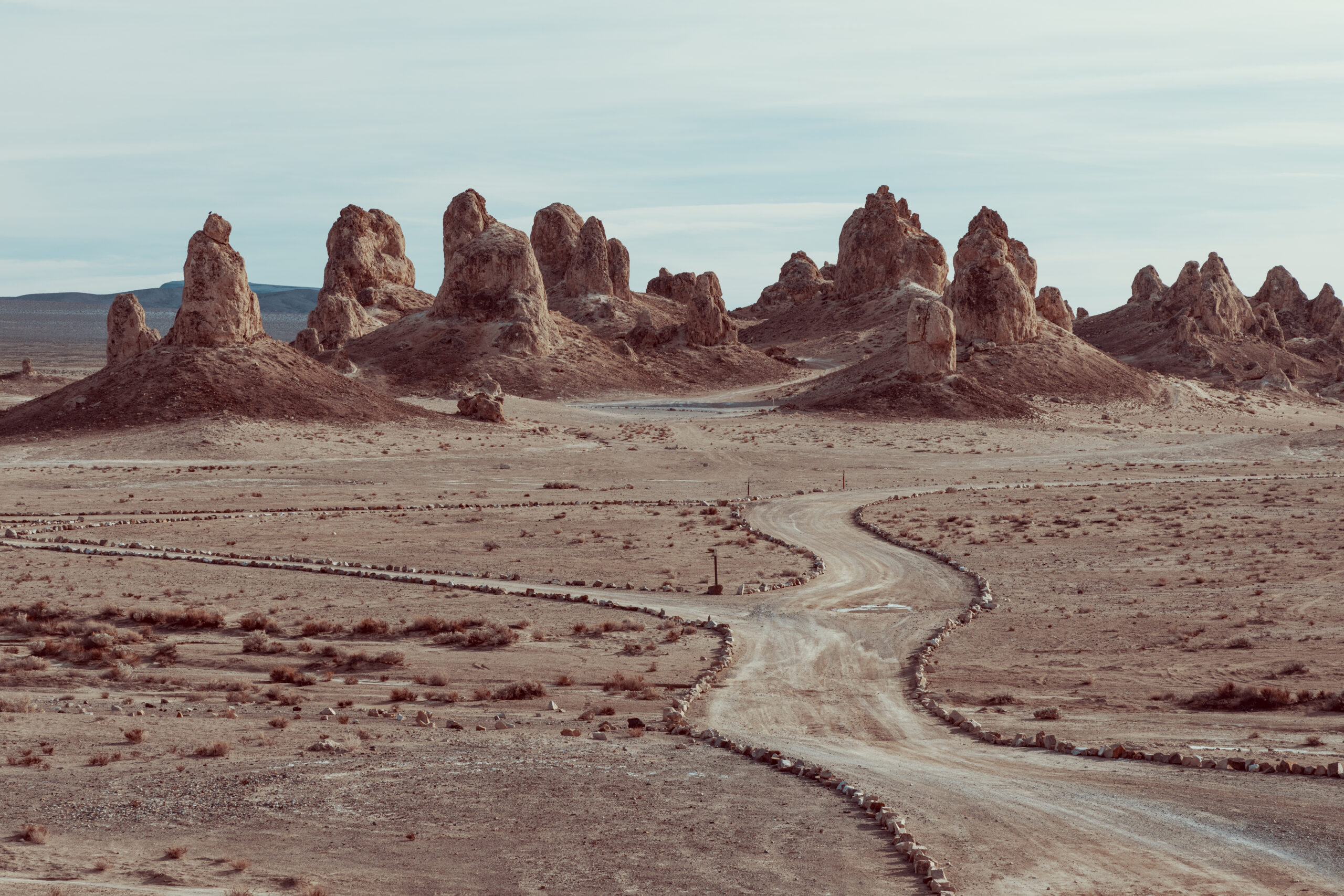
The Trona Pinnacles are a series of more than 500 tufa spires located in California’s Mojave Desert. These formations, some reaching 140 feet tall, were created underwater over 10,000 years ago. When the ancient lake evaporated, the pinnacles remained. The towering spires create a surreal, almost lunar landscape. Today, they are frequently used as a backdrop in science fiction films.
Valley of the Moon, Chile
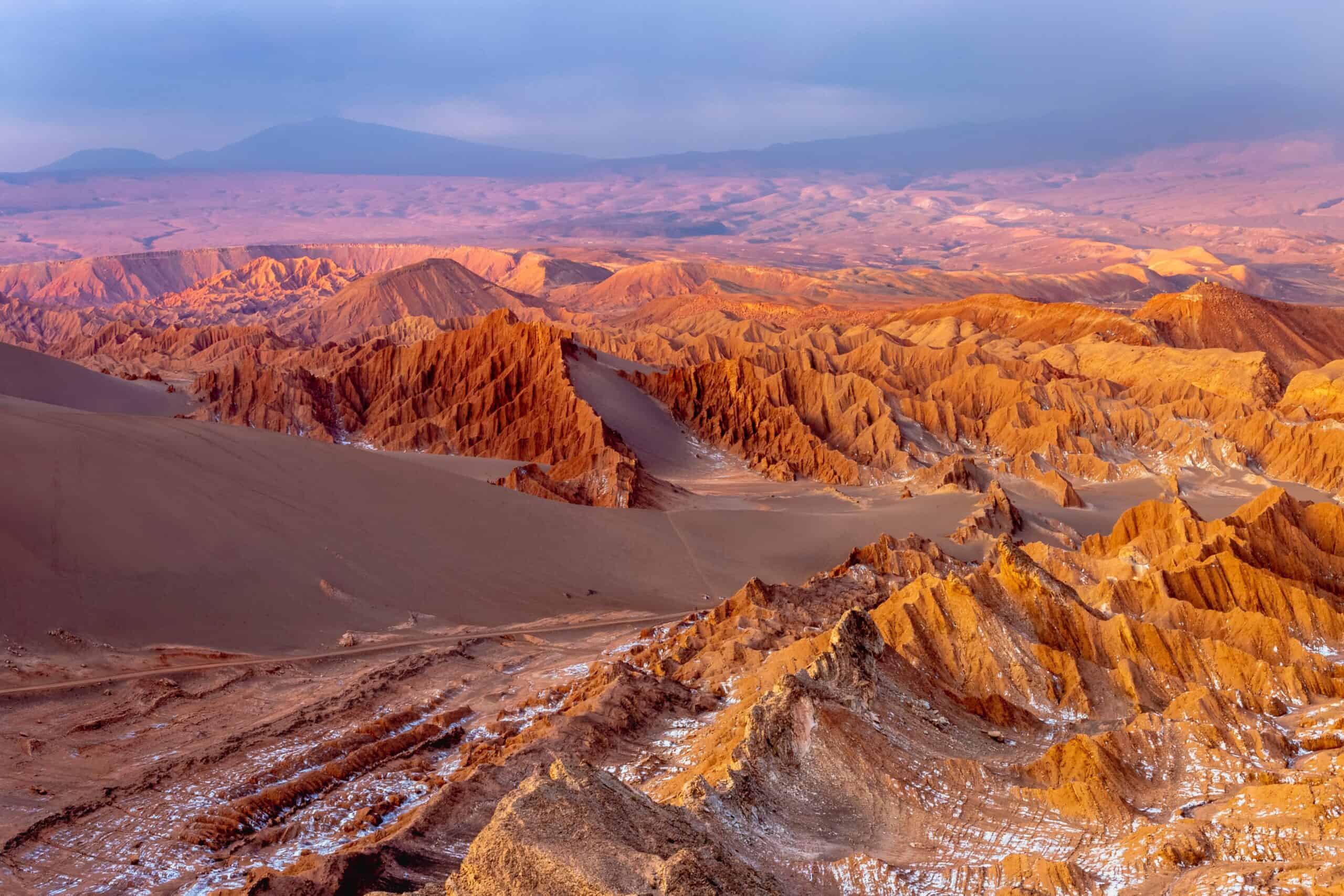
The Valley of the Moon in Chile’s Atacama Desert is a barren, otherworldly landscape. Wind and water erosion have sculpted the land into unique formations, including sharp peaks and vast salt flats. Its name comes from the valley’s resemblance to the surface of the moon. The area is known for its dramatic colors, especially at sunset when the sky lights up in shades of pink and purple. It is one of the driest places on Earth, further adding to its mystique.
Devil’s Tower, USA
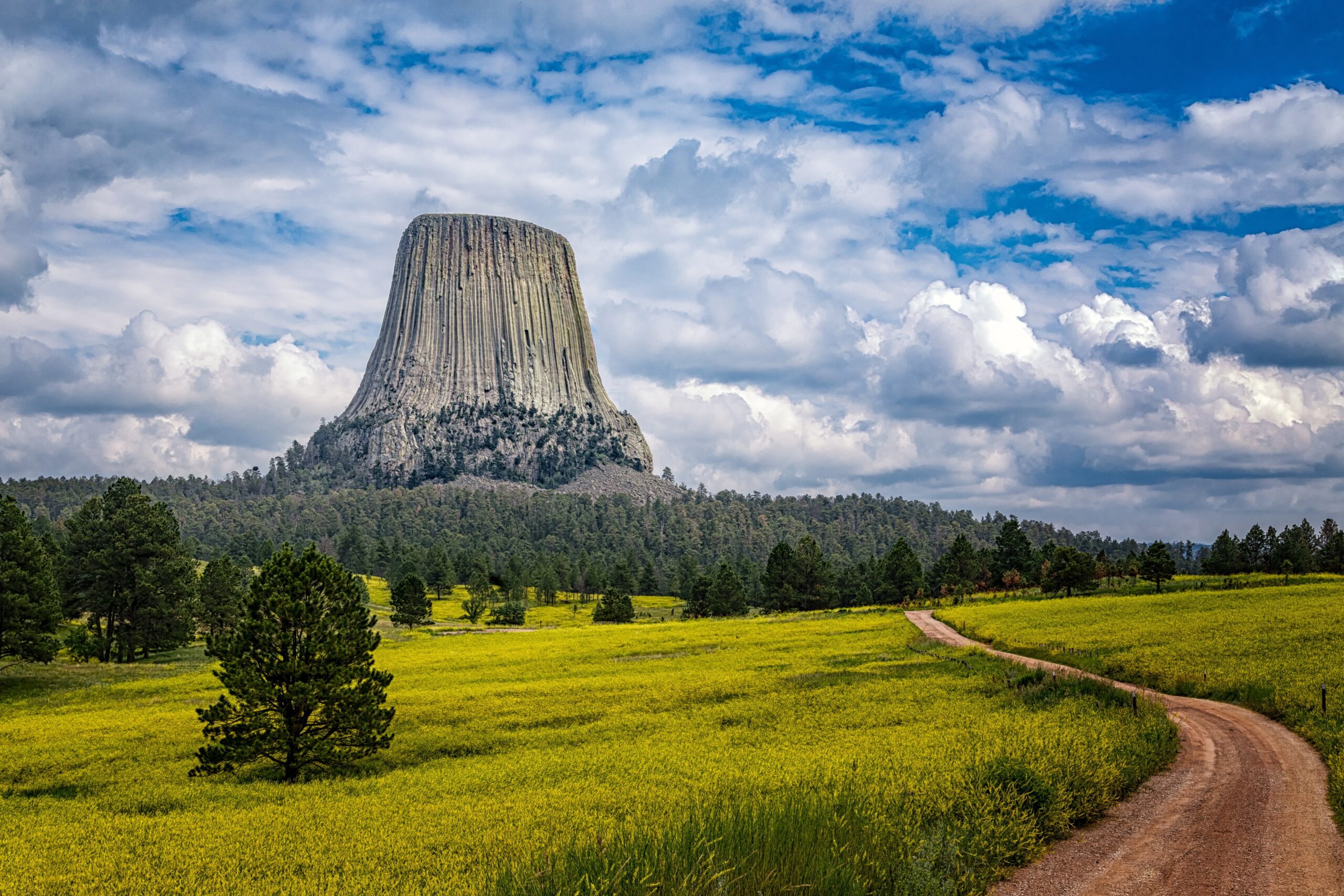
Devil’s Tower is a massive rock formation that rises over 800 feet above the surrounding landscape in Wyoming. Its vertical columns were formed by cooling magma. The tower’s distinctive, grooved sides make it easily recognizable. It holds great cultural significance for Native American tribes, often appearing in their legends. Its unusual shape and towering presence have made it a popular landmark and climbing destination.
Socotra Archipelago, Yemen
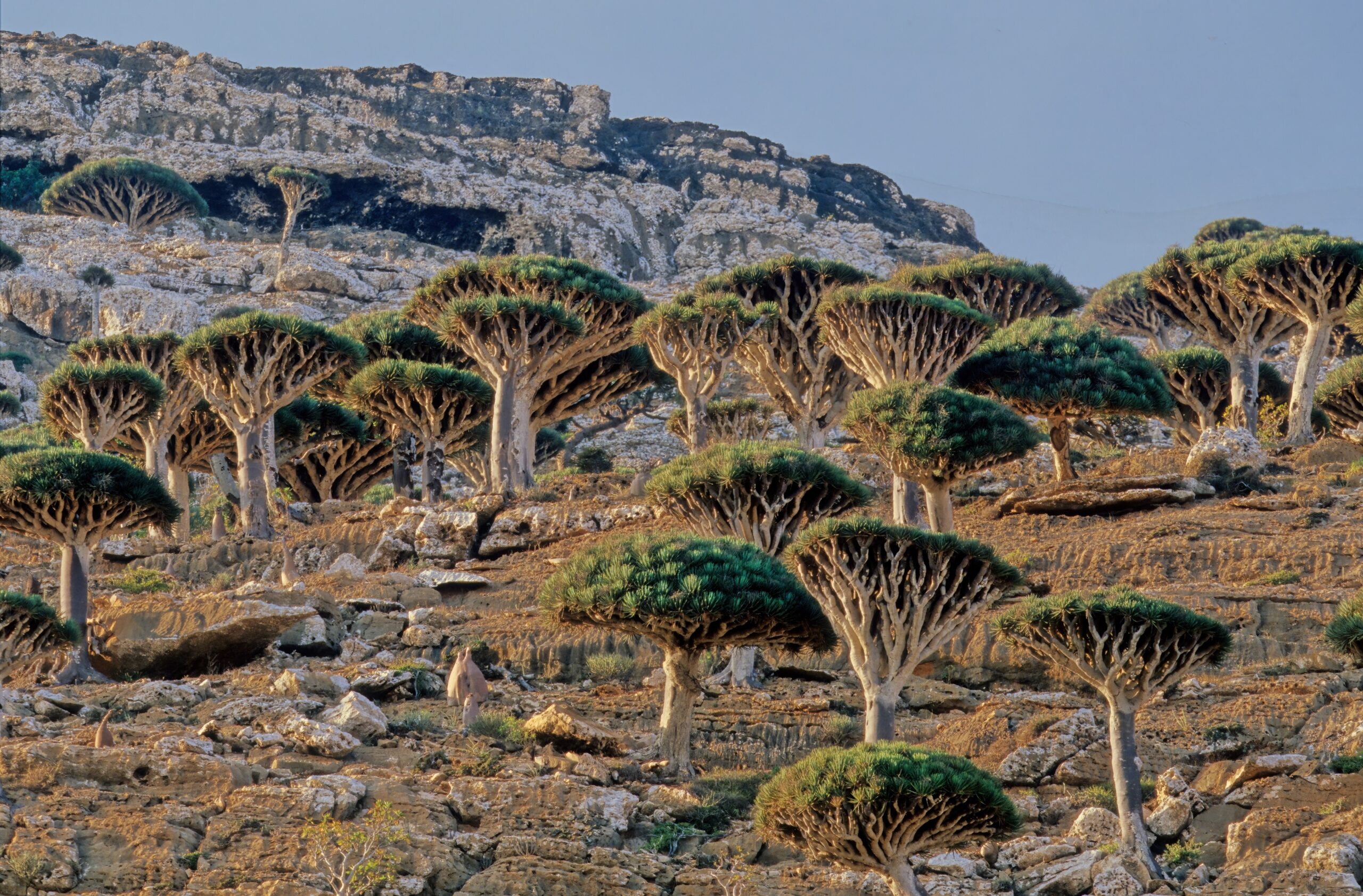
Socotra Archipelago, located in the Arabian Sea, is known for its alien-like landscape and unusual plant life. The Dragon’s Blood Tree, with its umbrella-shaped canopy, is the most famous feature. The islands were formed by tectonic activity millions of years ago, isolating them from the mainland. This isolation led to the development of unique species found nowhere else on Earth. The rugged, rocky terrain adds to its mysterious allure.
Mount Roraima, Venezuela/Brazil/Guyana
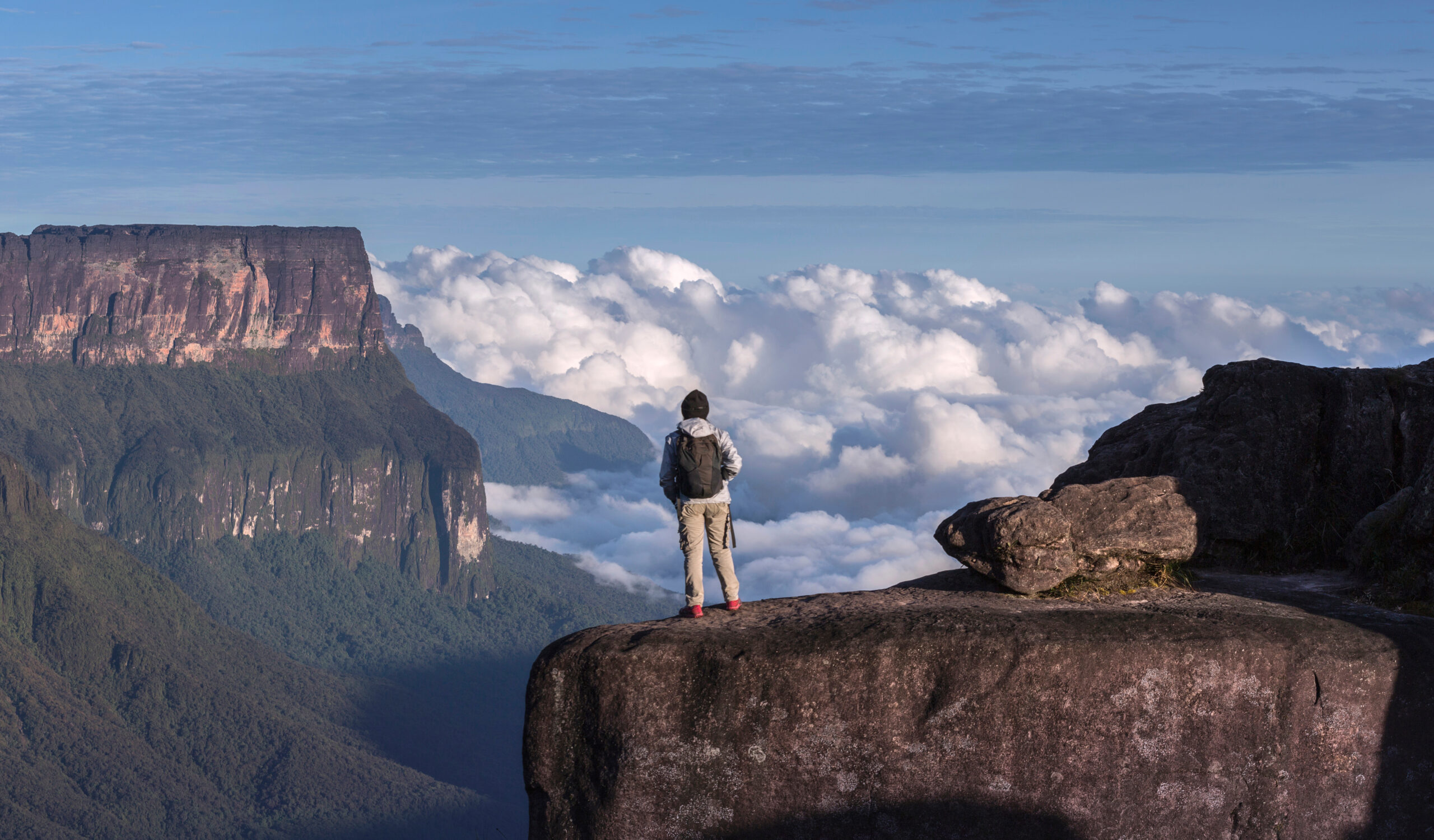
Mount Roraima is a flat-topped mountain, or tepui, located at the tri-border point of Venezuela, Brazil, and Guyana. It rises dramatically from the surrounding jungle, with sheer cliffs that drop over 1,300 feet. The summit is often shrouded in clouds, giving it an ethereal appearance. It is one of the oldest geological formations on Earth, dating back about 2 billion years. The mountain’s isolation has led to the development of unique flora and fauna on its summit.
Goblin Valley, USA
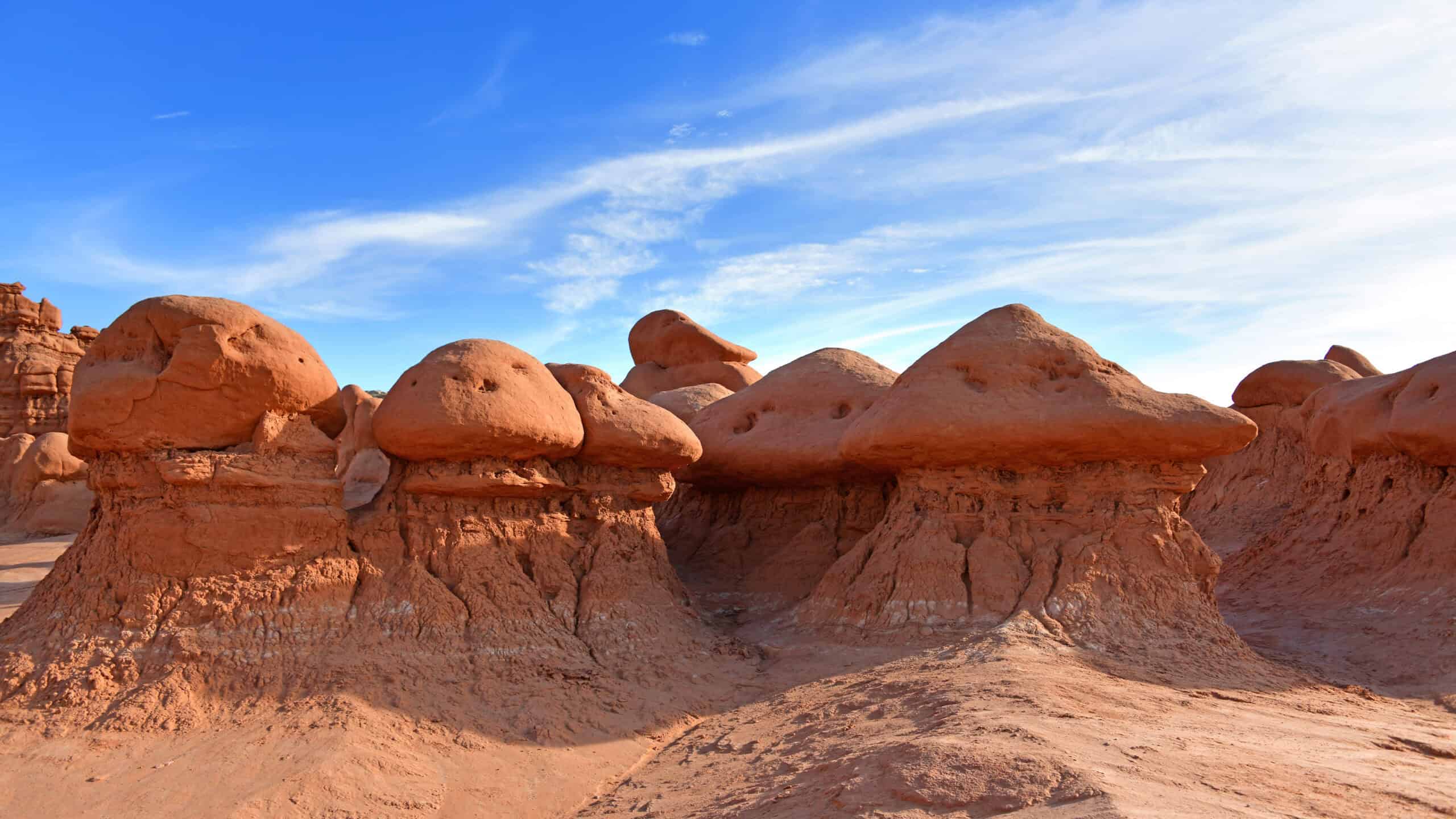
Goblin Valley is located in Utah and is famous for its strange, mushroom-shaped rock formations known as “goblins.” These formations were created by the erosion of sandstone, leaving behind hundreds of odd-shaped rocks. The goblins vary in size, with some towering over 10 feet tall. Their eerie appearance, scattered across the valley, makes it feel like a landscape from another planet. The park is a popular destination for hikers and photographers.
Zhangye Danxia Landform, China
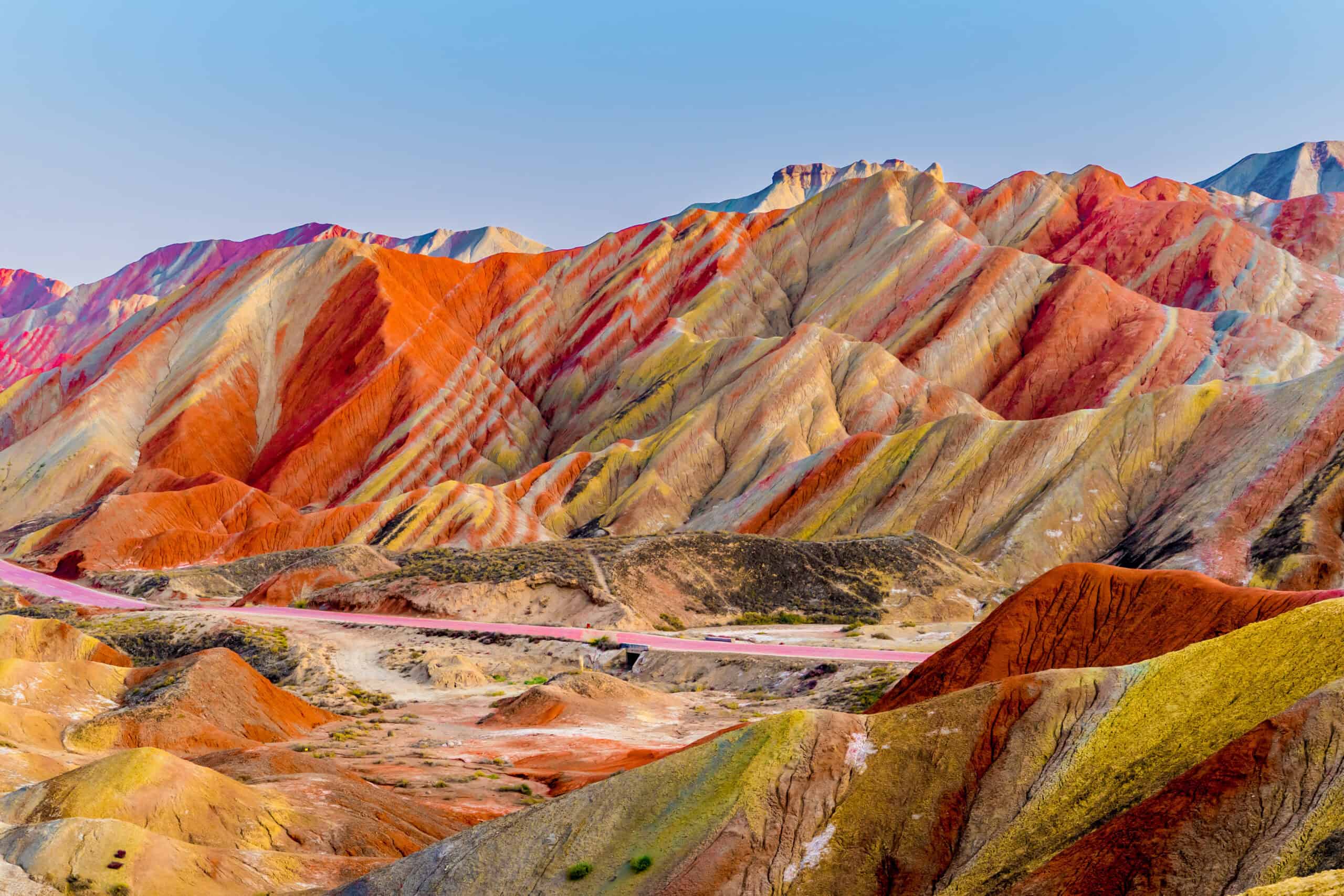
The Zhangye Danxia Landform in China is known for its vibrant, rainbow-colored mountains. The striking colors are the result of red sandstone and mineral deposits being compressed over millions of years. Erosion has carved the landscape into ridges, towers, and valleys, creating a breathtaking scene. The layers of red, yellow, and green are most vibrant after rain, adding to its beauty. It is one of the most colorful natural formations on Earth.
The Moeraki Boulders, New Zealand
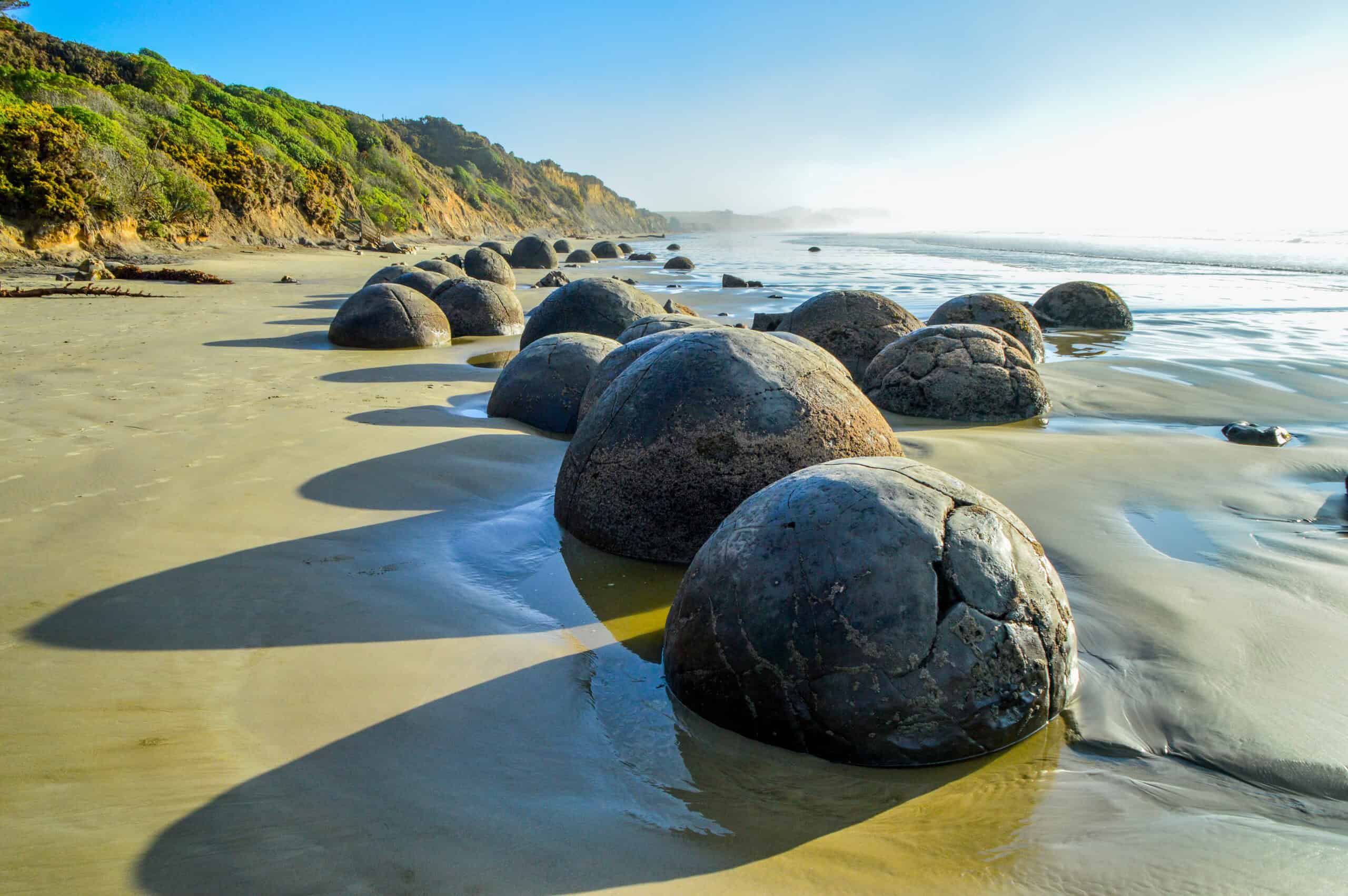
The Moeraki Boulders are a group of large, spherical stones scattered along Koekohe Beach on New Zealand’s Otago coast. Each boulder can reach up to 7 feet in diameter and weighs several tons. These formations are the result of concretions formed around 60 million years ago. Erosion of the coastal cliffs slowly revealed these perfectly round stones. Their smooth, geometric shapes give them an otherworldly appearance, making them a popular tourist attraction.
This article originally appeared on Rarest.org.
More from Rarest.org
15 Towering Sand Dunes Creating Otherworldly Landscapes
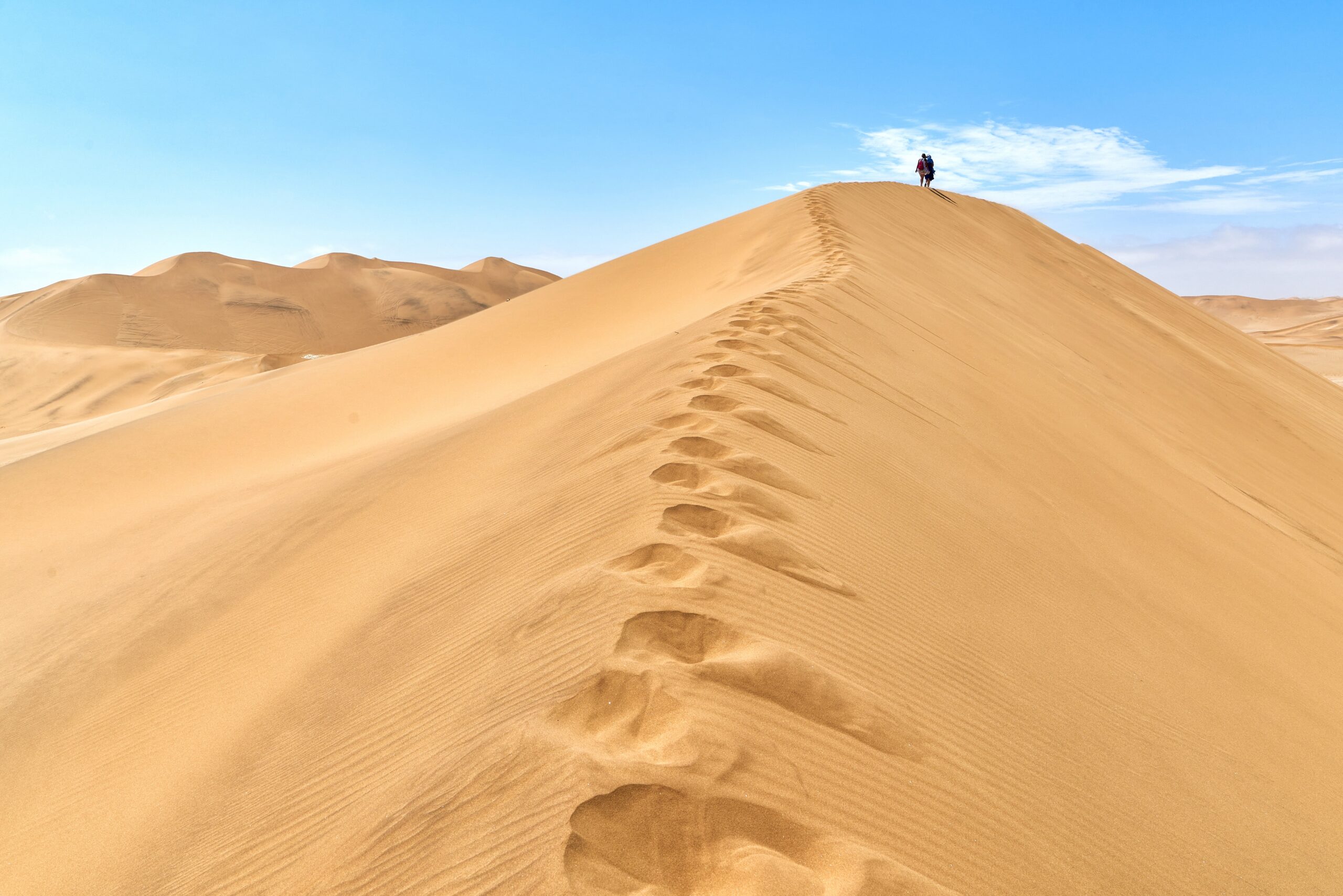
Towering sand dunes are some of the most mesmerizing natural wonders on Earth, creating landscapes that seem almost otherworldly. Read More.
10 Hidden Beaches in the Mediterranean You’ll Love
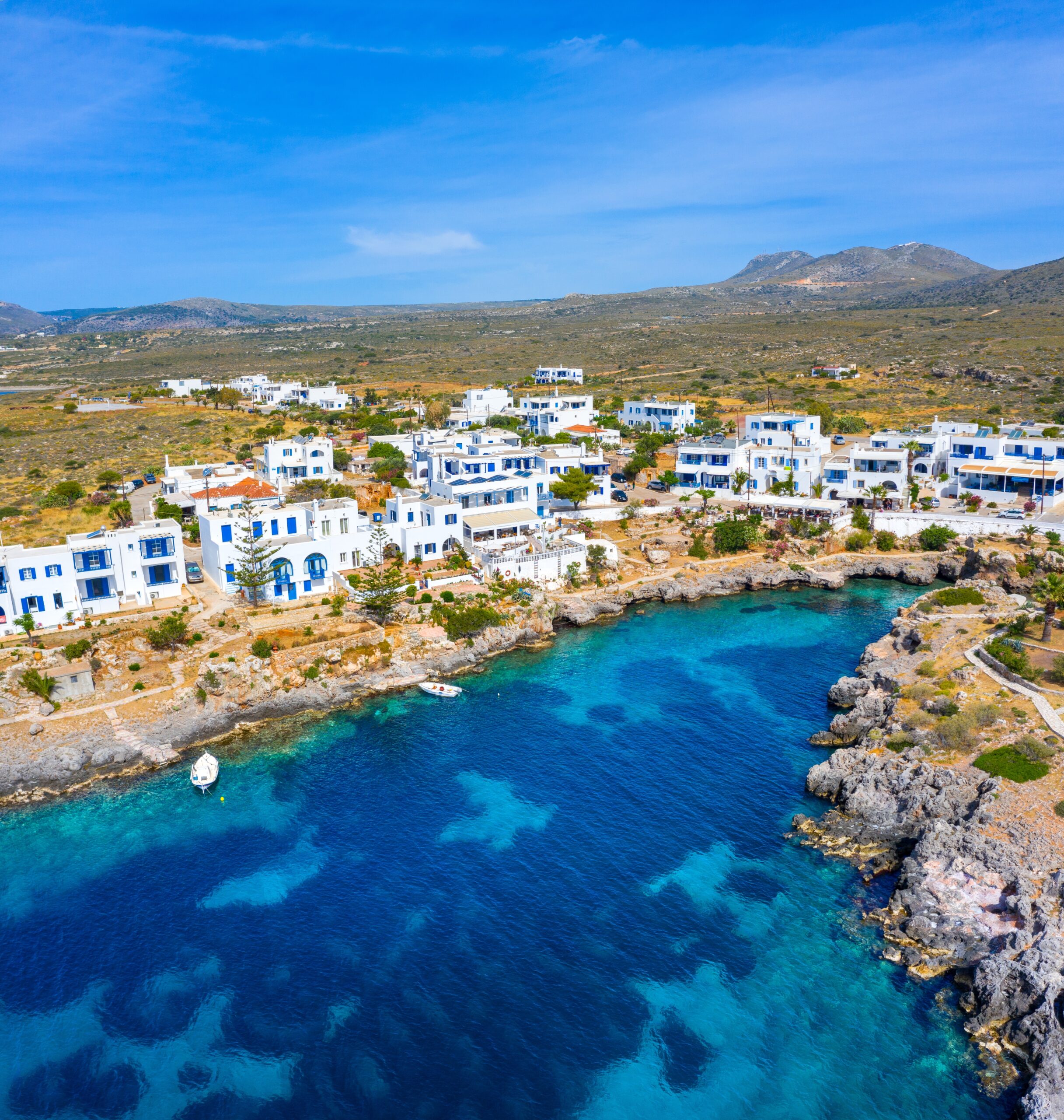
When it comes to beach getaways, the Mediterranean offers some of the most stunning and secluded spots that remain blissfully off the beaten path. Read More.
15 Bizarre Geological Features Found in Remote Regions
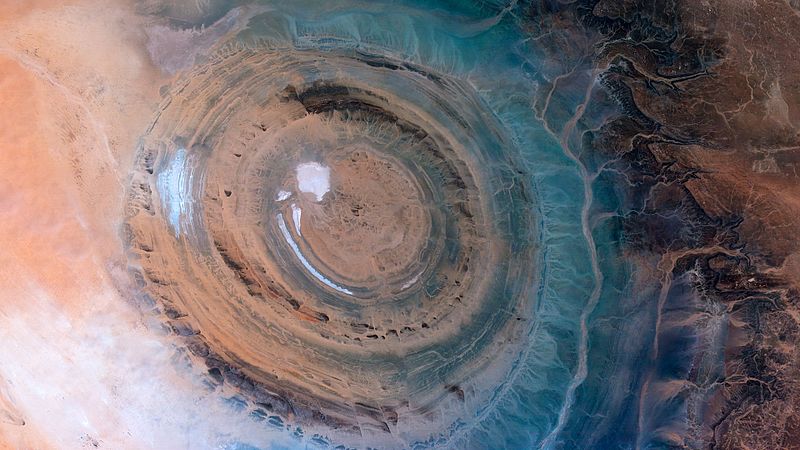
The world is filled with incredible natural wonders, but some of the most fascinating geological features are those tucked away in remote corners of the globe. Read More.
